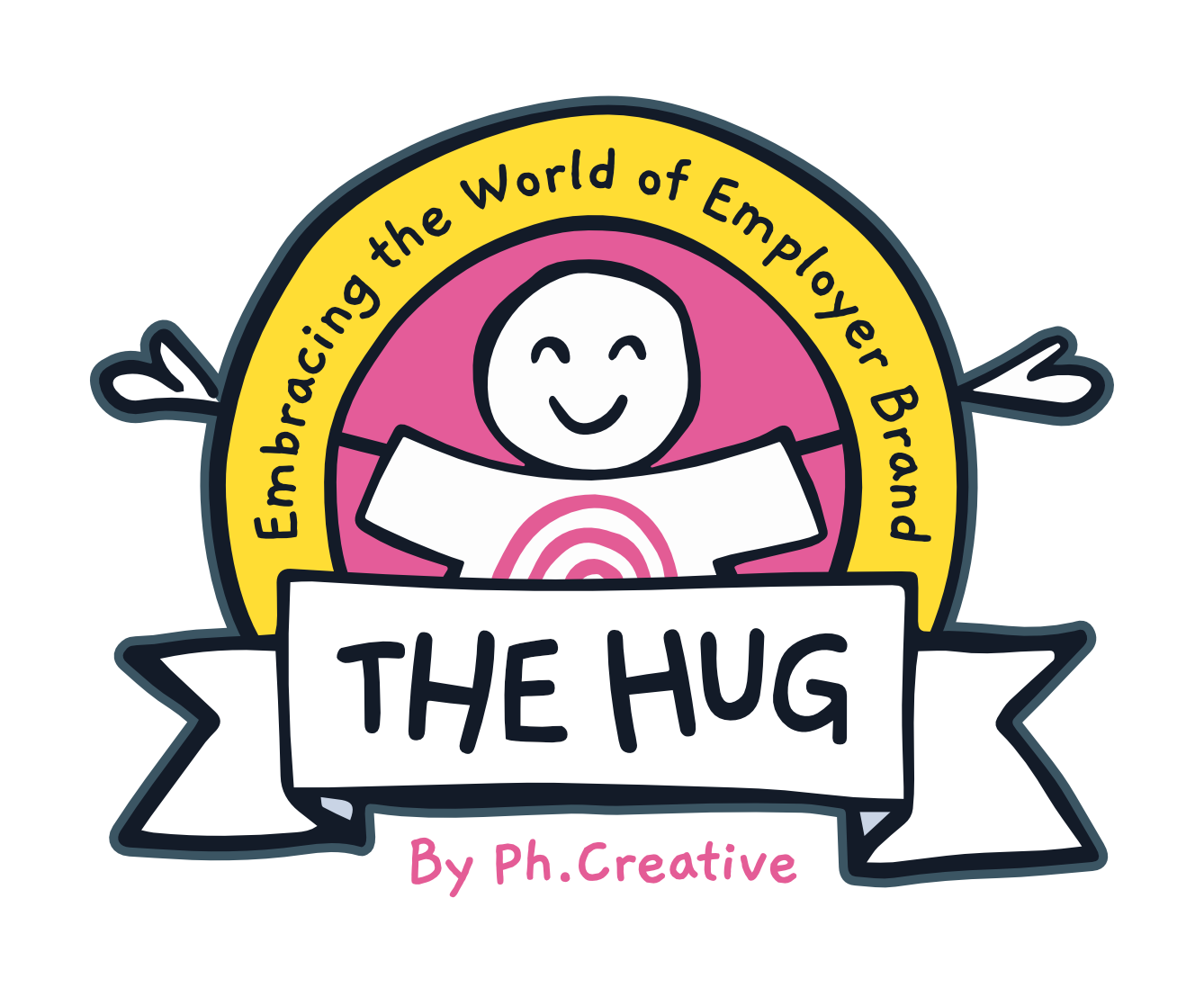Quick Survival Guide to Employer Branding
2 min read.
If you keep an ear to the ground with talent acquisition influencers, you will most likely have heard of Alex Her.
A public speaker, current Head of Global Employer Brand at GoDaddy and cofounder of professional employer brand community The EB Space, Her has over a decade’s experience in the talent acquisition industry.
So, he is worth listening to if you want to gain buy-in for an employer brand project at your organisation and need a quick survival guide to deepen your influence.
The Problem with Employer Branding
Alex Her thinks, for most companies, employer branding is still considered an indulgence, a “nice-to-have”. It tends to always crash and burn.
After all, leadership is often in the dark about exactly what the elusive employer brand leader does. They may notice a social post here and there, read a blog, or be vaguely aware of a campaign, but the rest is nebulous.
“And that’s always going to be a problem we have, because it’s up to the individual to explain things properly to their team and leadership,” he notes.
Her also stresses the difficulty of getting true respect and credibility in the role. “Getting a bigger seat at the table,” he says, “It’s something we should always be fighting for.”
But how do you prove your importance as an EB leader? How do you demystify an otherwise arcane process, get stakeholders on-side, and invested, all while making an impact?
Glad you asked.
4 Tips for Surviving in Employer Branding
1. Give your secrets away
Operating in silos could be detrimental to your EB project. Remember, no single department owns employer brand, so cross-pollinating and keeping stakeholders in the loop with your work should be endemic to your routine.
“Share what you’re doing with leadership,” Her advises. “It could be a quick win or a partnership, it could be internal or external work, it could be cost savings, but put yourself out there. Do monthly business reviews, show what the strategy is - how you’re going to make a difference and how you’re performing. Doing that shows leadership that you know what you're doing and, essentially, you're not making shit up. You have a plan, and this is going to work.”
2. Use your data to tell the story
Think carefully about the metrics you share. They need to be ones that your leaders care about.
“Don’t just tell leadership, ‘Hey, we got 1000 likes’,” Her warns. “What does success look like on top of that? They want you to change the climate; they don't want to hear the weather. So, if you can say, ‘Based off this advocacy programme we ran, we got two hires, and you know what? That was free.’ That’s savings. That makes a difference to them. The data has got to be relatable, yet impactful.”
3. Refine your content marketing
If you want to make an impact while proving your efficacy to the wider business, Her recommends you steer away from the “throwing spaghetti on the wall hoping it’s going to stick” method.
“That approach may work,” he says, “but eventually, you are going to get challenged on that. So, jump ahead and put the data to work for you.
“It could be through your ATS (Applicant Tracking System), your Google Analytics; it could be through surveys from people who have been through the whole candidate experience, but if your data is telling you certain things, that gives you a lot to work with.
“My team recently managed a TikTok video that got over a million views, in a short amount of time, honestly. But it’s about looking at that and determining, ‘Okay, we know what we did there. Can we replicate this? Can we do something with a different department or location that maybe hits on some of those finer points that helped us excel there?’” [GoDaddy's Sales Manager talks about the support she received]
[GoDaddy's Sales Manager talks about the support she received]
4. Leverage storytelling and advocacy
Showcasing your brilliant people is your best route to making a real connection with talent.
According to Her, when you start to see return from those blogs, social posts, videos, or podcasts, or whatever else you’re using to tell stories, it will make leadership sit up and take notice.
“That’s going to catch the eye of leadership, where they say, ‘Okay, so we're paying so much to LinkedIn, yet stories of our people actually got somebody. Why aren’t we doing more of this? Why aren't we pushing our hiring managers to be more active and share this?’
“People want to work with people who look and sound like them, who are doing the same thing, who are friends and family with them. So, let's partner with the best thing that we have available: our people and their networks.”
Get Help with Employer Branding
Sign up to our blog

Every other Thursday we share:
✔ One feature full of our freshest insights
✔ An expert hack you'll love to use
✔ The links you need now
+ other helpful bits for thousands of EB and TA pros just like you
